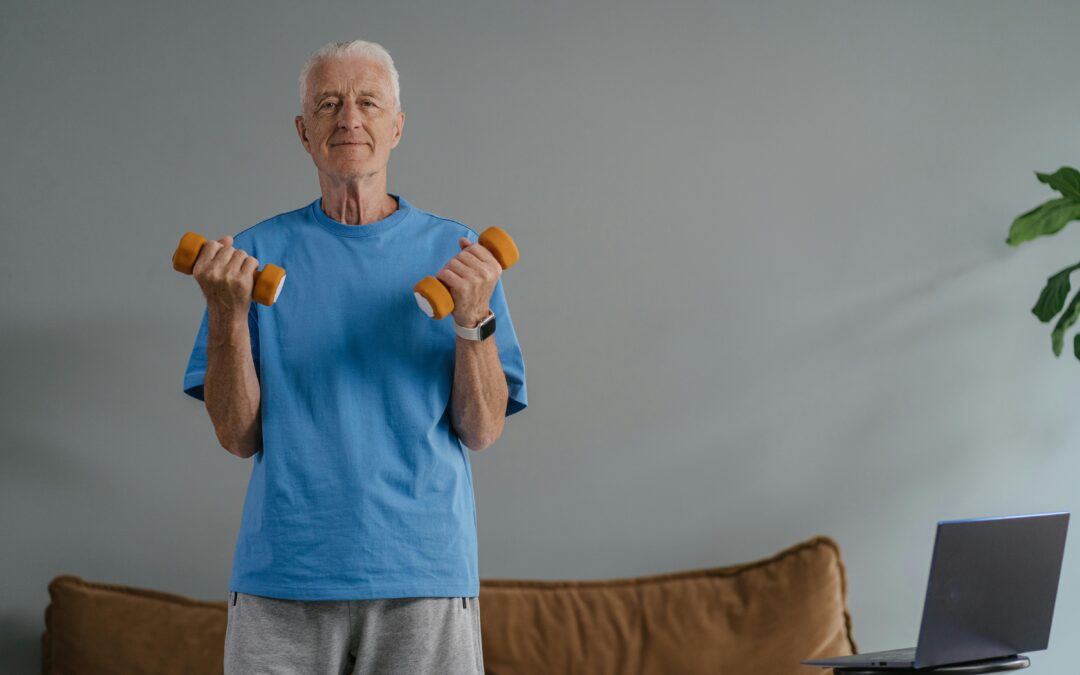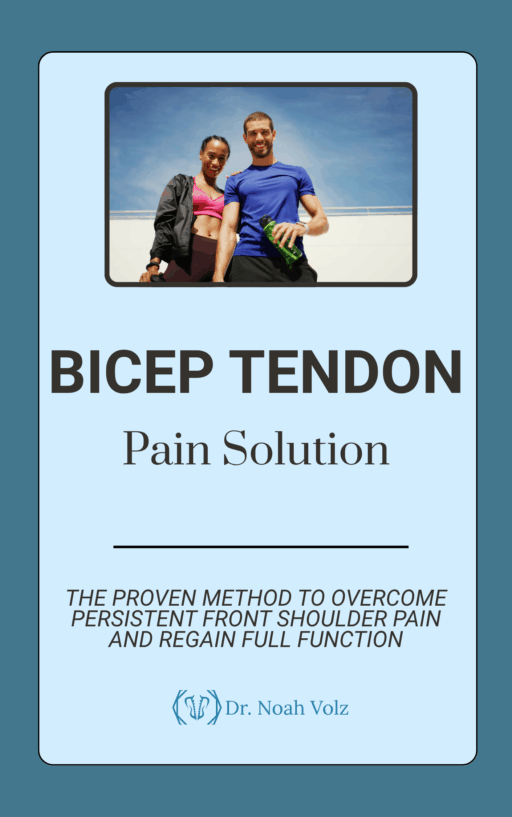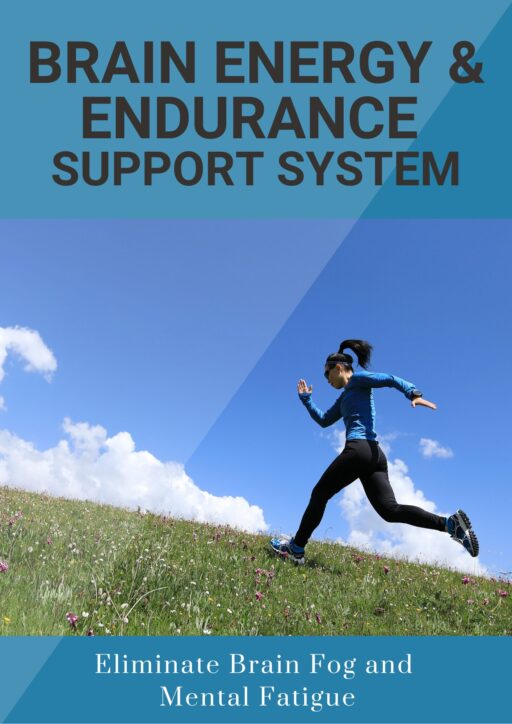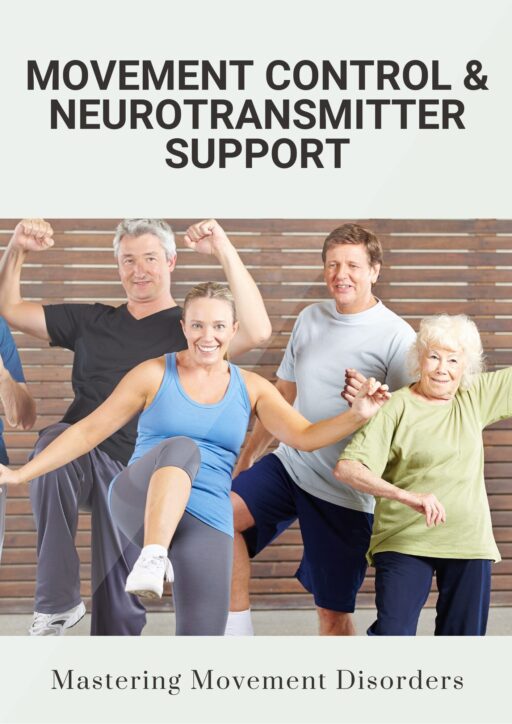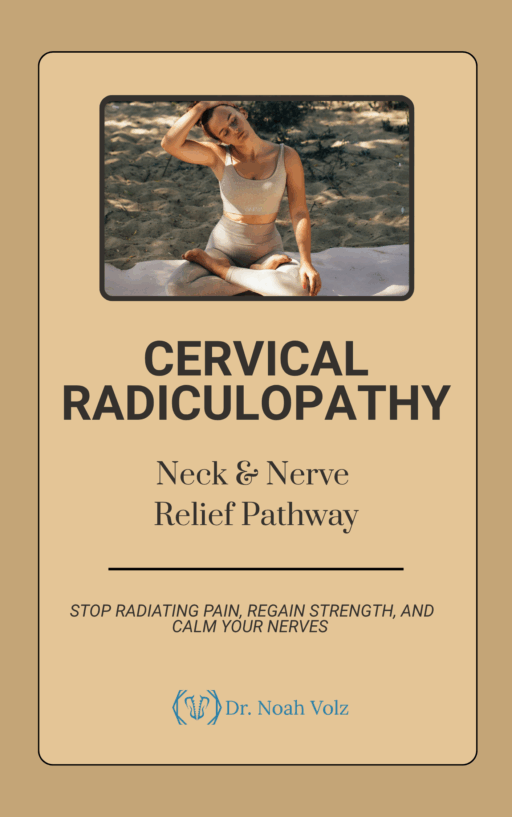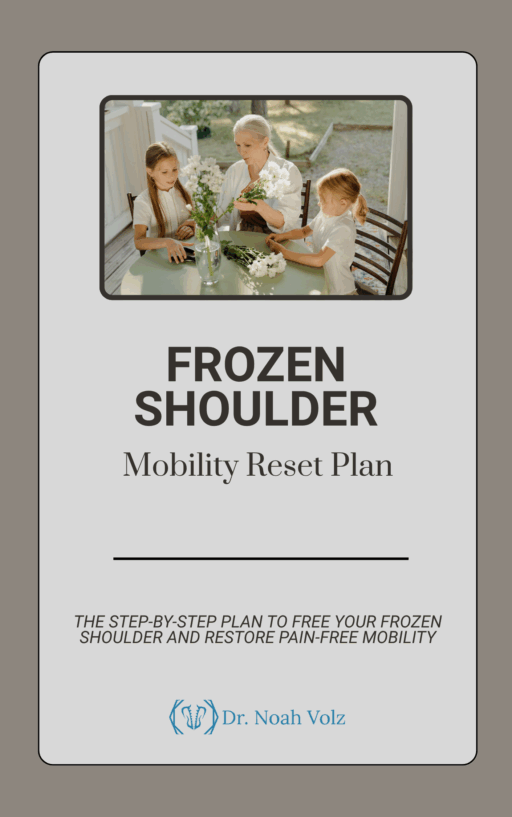For decades, patients with osteoarthritis were told to “take it easy”—to avoid lifting, stop squatting, and give up anything that might strain the knees, hips, or shoulders.
But that advice, though well-meaning, was wrong.
Today, the science is clear: strength training isn’t just safe for people with joint degeneration—it’s essential. In fact, resistance training is one of the most powerful tools we have to reduce pain, improve function, and even stimulate regeneration in joints affected by osteoarthritis.
At our Ashland, OR chiropractic clinic, we’ve seen firsthand how patients who once thought surgery was their only option regain strength, mobility, and confidence—all by doing one thing they were told not to: lift.
Why Movement Matters—Especially Under Load
Let’s start with the basics. Your joints are living tissues. They’re made to move. And they’re designed to respond to mechanical stress.
When you apply the right kind of load—through structured, progressive strength training—you stimulate key healing processes in:
-
Cartilage: Movement pushes nutrients into cartilage and signals chondrocytes (cartilage cells) to repair damage.
-
Bone: Weight-bearing exercise increases bone mineral density, especially in load-bearing joints like knees and hips.
-
Ligaments and Tendons: Resistance helps remodel connective tissue, improving elasticity, strength, and hydration.
This isn’t just theory. It’s supported by high-quality research, including MRI studies showing improved cartilage quality in osteoarthritic knees after moderate exercise programs.
Strength Training vs. Surgery: The Underrated Power of Conservative Care
One major study compared surgical meniscectomy to physical therapy for patients with degenerative meniscus tears. The result? Physical therapy was just as effective—without the risks or recovery time of surgery.
Another study on grade 3 knee osteoarthritis showed that combining shockwave therapy with isometric strength training improved:
-
Range of motion
-
Peak muscle torque
-
Pain scores
And they weren’t doing extreme workouts—just safe, controlled strengthening that respected each patient’s limits and phase of healing.
The takeaway? You don’t have to be an athlete to benefit from resistance training. You just need a plan.
How We Use Strength as Medicine in Our Clinic
In our non-surgical joint replacement program, resistance training is a cornerstone of care. We use it to:
-
Improve motor control
First, we restore the connection between the brain and joint using motor control exercises (Global Reset Strategies). This builds the neurological foundation for strength.
-
Rebuild range of motion
We then target key movements like hip extension, tibial rotation, and controlled knee flexion using simple tools—bands, bodyweight, and eventually kettlebells and barbells.
-
Remodel connective tissue
For joints showing signs of degeneration or scar tissue, we use frequent low-intensity sessions (up to 6–8x/day) to stimulate hydration, elasticity, and structural remodeling.
-
Develop functional strength
As movement improves, we introduce classic strength work: squats, step-ups, bridges, deadlifts—always scaled to capacity, always grounded in clean mechanics.
The key is dosing—not too much, not too little. Just the right amount of stress to trigger adaptation without causing inflammation or flare-ups.
Strength Training Isn’t About Lifting Heavy—It’s About Living Fully
Let’s be clear: strength training for joint health doesn’t mean maxing out your squat or bench press.
It means:
It means training your body to handle the demands of life—not just survive, but thrive.
Still Think You’re “Too Far Gone” to Train?
We hear it all the time:
“I’ve got arthritis—I shouldn’t be lifting weights.”
“I’ve been told my joint is bone-on-bone.”
“I’m afraid I’ll make it worse.”
But here’s the truth: many of those patients aren’t actually bone-on-bone. And even those who are often still have room to move—and improve. With the right guidance, strength training can be not just safe but transformative.
Want to Strengthen Your Way Back to Pain-Free Living?
If you’ve been told to “just wait until it gets worse,” or if you’re stuck in the cycle of pain and passivity, we’re here to offer a different path.
One that respects your biology.
One that activates your innate ability to heal.
One that’s grounded in movement, not medication.













